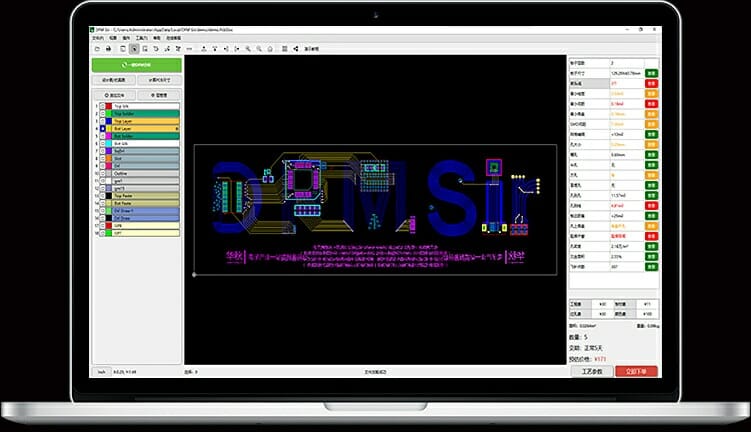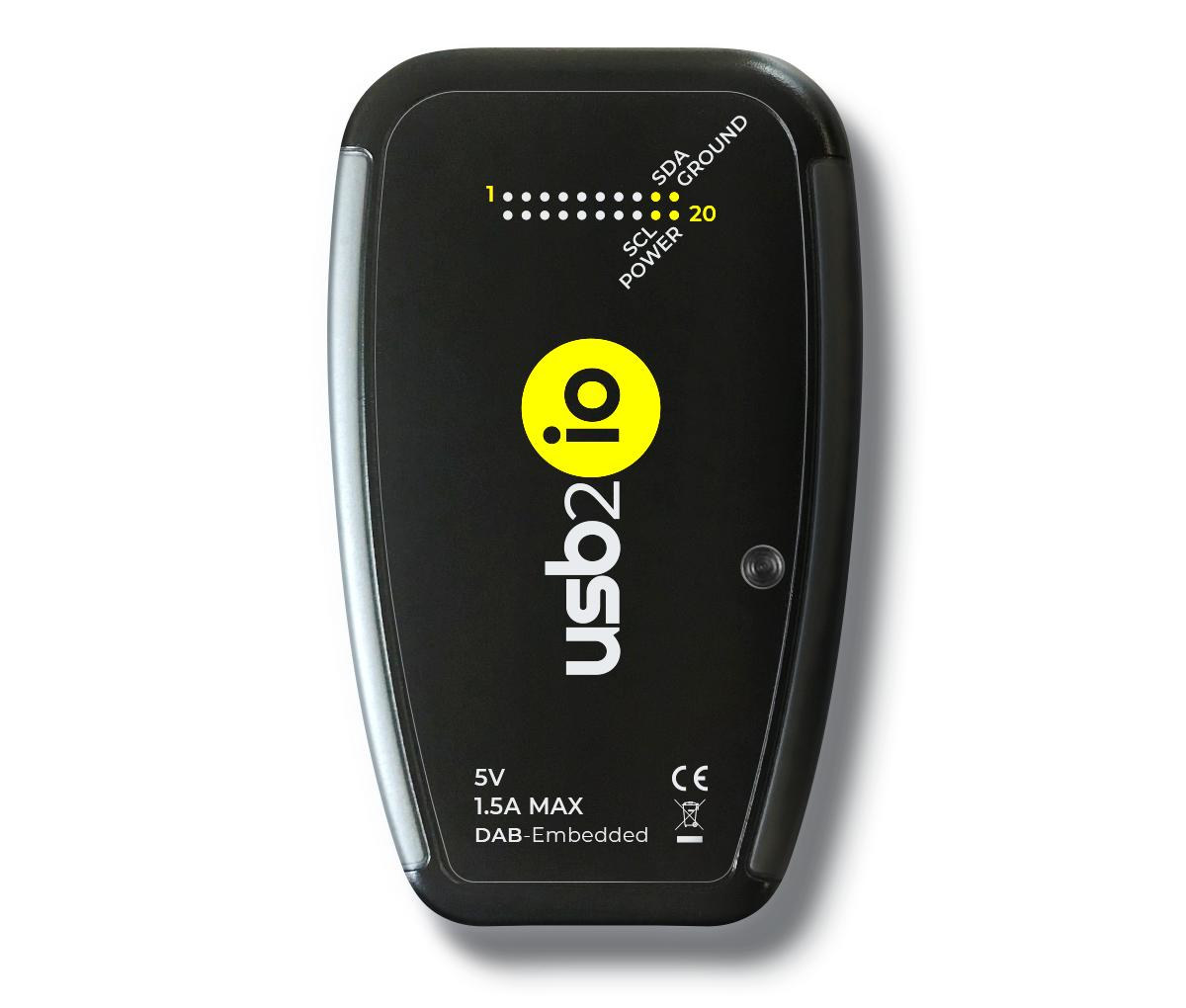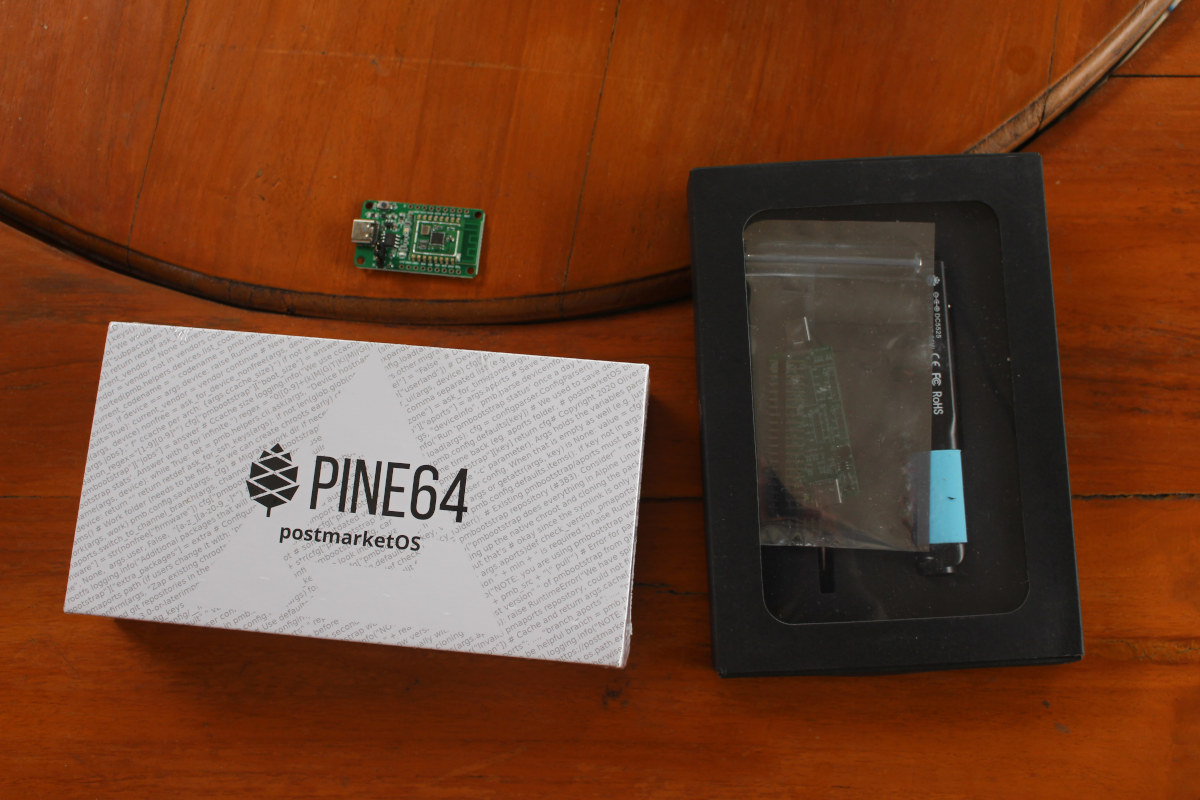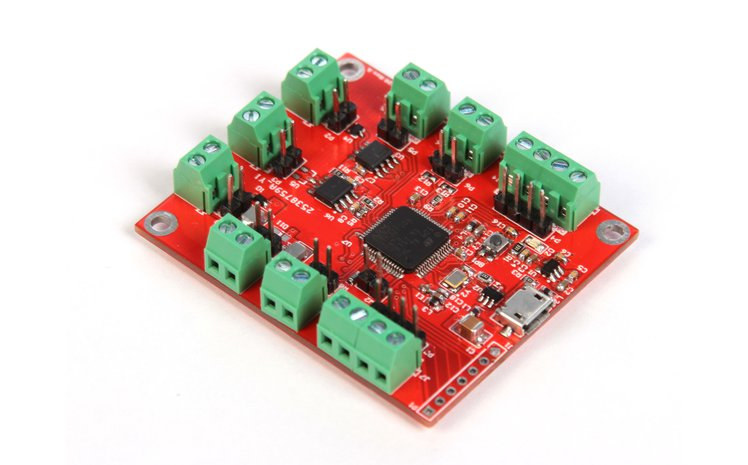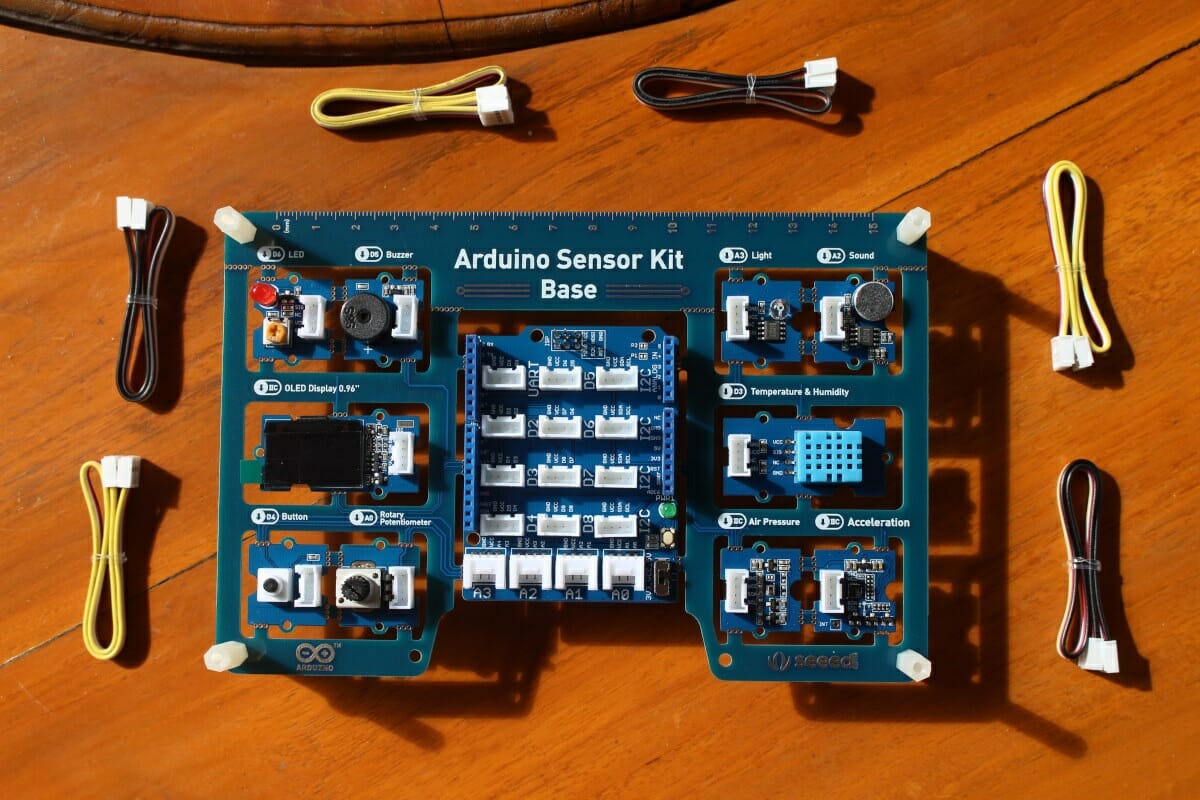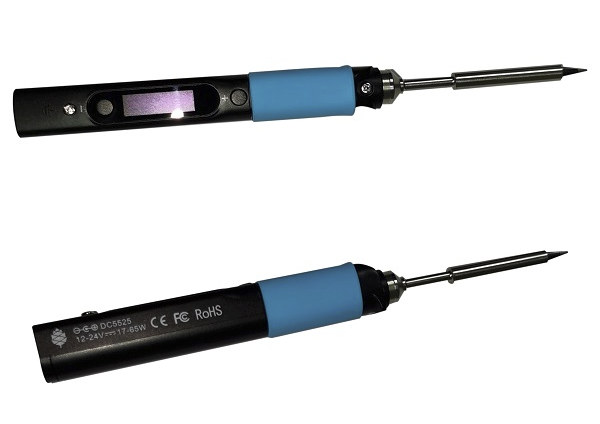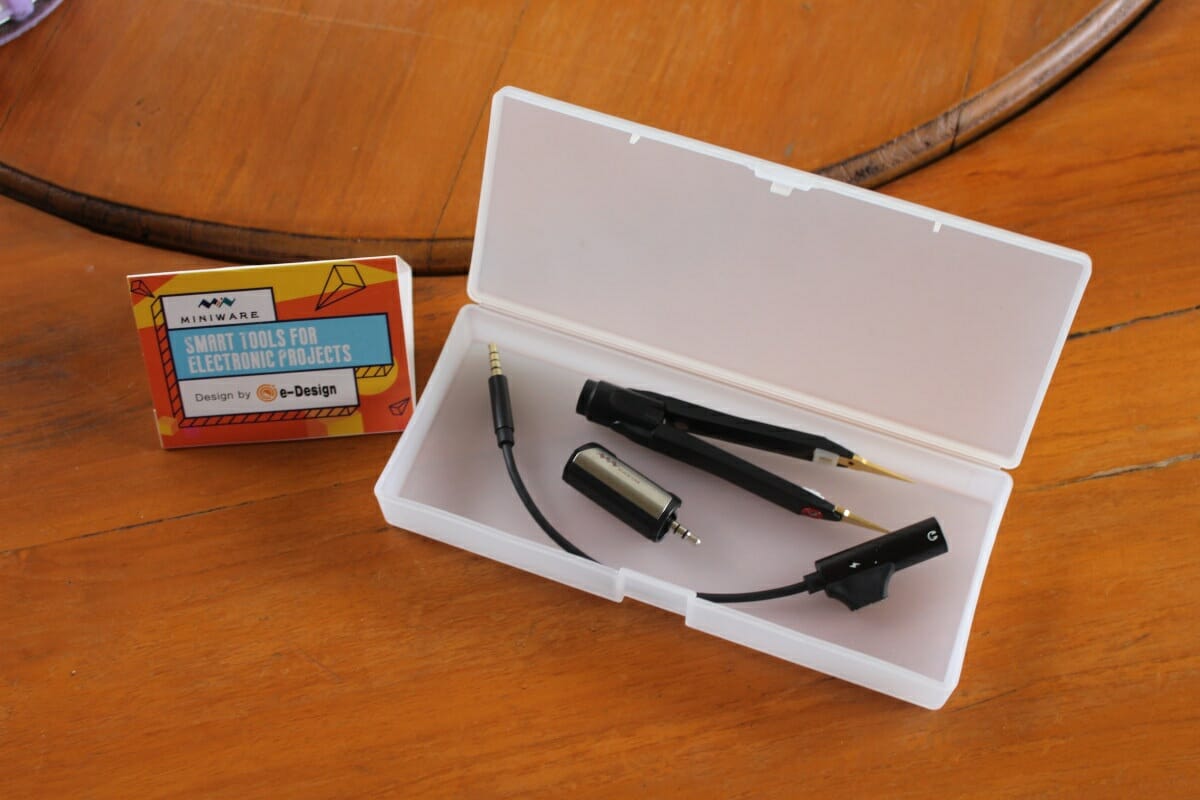Shenzhen Huaqiu Electronics Co., Ltd, better known as NextPCB, is a PCB manufacturer with multiple factories in China, and that has been around for over 15 years. During this time, the company dealt with thousands of engineering problems of PCB leading to higher prices and delayed schedules. So to help its customers, the company has developed NextDFM software to detect common PCB design problems, and ultimately help engineers to build low-cost and high-efficiency PCB projects. DFM stands for “Design For Manufacturability”, glad you asked. NextPCB is a free download that’s available for Windows only for now, but the company is also working on Linux and Mac OS versions that will be released in the future. The software supports generic Gerber files as well as PCB layout files from EDA programs such as Altium, Pads, and Protel99SE. Once your file is loaded in the program you’d be able to run the […]
USB2IO high-speed interface explorer tool combines Intel Cyclone 10 FPGA and STM32H7 MCU
In the second part of 2020, we’ve seen a fair amount of USB debugging tools for electronics designers and hardware hackers including the Glasgow Interface explorer with an ICE40 FPGA. But if you need even more flexibility or higher I/O speeds (up to 300 MHz), DAB Embedded USB2IO interface explorer should help thanks to the combination of an STMicro STM32H7 MCU and an Intel Cyclone 10 FPGA. USB2IO interface explorer hardware specifications: MCU – STMicro STM32H743 Arm Cortex-M7 @ 480MHz CPU clock An external 64MB QSPI flash for extra FPGA code storage; FPGA – Intel Cyclone 10LP (10CL040) with 40k logic elements, 1,134 Mbit embedded memory, 126 DSP blocks External memory – 32MB SDRAM for MCU and FPGA (64MB in total) Storage – 64MB QSPI for connected to MCU for FPGA code storage I/Os via 20-pin external header/connector 16 x GPIO mode (single-ended), 8x LVDS pair mode or a mix […]
Pine64 mailbag – PinePhone postmarketOS Edition, PineCone BL602 board, and Pinecil soldering iron
Pine64 community was pretty busy last year with the launch of several products. Recently I’ve received a couple of packages with some of those products, namely PinePhone Community Edition: PostmarketOS, PineCone WiFi & BLE IoT board based on BL602 RISC-V SoC, and Pinecil soldering iron also based on a RISC-V chip for control, but this time GD32V generic-purpose MCU. I’ll most show what I have received without going into too many details, except for PinePhone which I have already set up and used for one hour or so. PineCone BL602 board I received PineCone at the end of last year in a separate envelope with the board only. There’s not much to it with the BL602 processor offering WiFI and Bluetooth, a USB-C port for programming and power, and a few I/Os. The board is interesting as it is the first RISC-V IoT board with wireless connectivity built into the […]
Protocol Droid is a USB bridge board to I2C, CAN Bus, RS485, UART, SPI, etc. (Crowdfunding)
We’ve seen some interesting USB hardware hacking/debugging boards in the last two months with Tigard, Ollie, and Glasgow Interface Explorer each with their own price point and features, but with the goal of replacing multiple other programming or debug boards you may need for your projects. Protocol Droid is another one of such USB boards for electronics designers and hardware hackers. It offers I/O connectivity via terminal blocks for I2C, CAN Bus, RS485, UART, SPI, and other interfaces. Protocol Droid key features and specifications: MCU – Unnamed STMicro microcontroller Host interface – Micro USB port Core Interfaces: I²C controller & peripheral modes SPI controller & peripheral modes RS485 controller & peripheral modes CAN Bus UART 2x PWM 2x ADC 2x DAC Debugging / programming interfaces – 7-pin JTAG/SWD unpopulated header Power Sources – 3V & 5V DC with limited current via 2-pin terminal blocks All interfaces are available simultaneously through […]
Arduino Sensor Kit Base is a large shield for Arduino UNO with 10 modules
Earlier this year, Seeed Studio introduced the Grove Beginner Kit for Arduino that included the Arduino UNO compatible Seeduino Lotus board placed at the center and ten pre-wired and detachable Grove modules to get started with sensors on Arduino with no cabling whatsoever apart from the USB cable. Arduino must have seen and liked the design, and Seeed Studio has collaborated with the Italian company to create the Arduino Sensor Kit Base with a very similar design, but with a twist as instead of an all-in-one platform with modules and an Arduino board, it’s a very large shield that seats on tops of Arduino UNO. The Arduino Sensor Kit base includes the following: Base shield with 16 Grove connectors, instead of just 12 Grove connectors on the Beginner Kit, including 7x digital connectors, 4x analog connectors, 4x I2C connectors, and one UART connector; A 3.3V/5V voltage switch is also included […]
Pine64’s PINECIL RISC-V soldering iron launched for $25
We’ve previously mentioned PINECIL RISC-V soldering iron during Pine64’s release of PineCube open-source IP camera development kit, and the good news is the soldering iron is now available for $24.99 on Pine64 store together with optional sets of gross or fine soldering tips compatible with the one used with TS100 model The soldering iron is powered by GigaDevice GD32VF103TB 32-bit RISC-V general-purpose microcontroller and features a small display and two buttons for user interaction, as well as changeable tips. It can be powered by a USB-C power adapter or a 12 to 24V power brick such as the ones you’d found with laptops. PINECIL soldering iron key features and specifications: MCU – GigaDevice GD32VF103TB 32-bit RV32IMAC RISC-V “Bumblebee Core” @ 108 MHz with 128KB flash, 32KB SRAM Display – 0.69-inch OLED monochrome display with 96×16 resolution Tip – 106mm long, Type B2 Temperature range – 100°C to 400°C; reaches operating […]
Giveaway Week – Miniware DT71 Smart Tweezers
Day 2 of Giveaway Week 2020 on CNX Software. What do we have here? Miniware DT71 smart tweezers that serve as LCR meter, basic signal generator, and of course actual tweezers. I found DT71 to be a useful tool for electronics enthusiasts and engineers for checking out SMT (and DIP) components, debugging boards, and even generating signals for testing. When connected to a PC, it will show as a USB storage device that you can use to adjust settings or upgrade the firmware. To enter the draw simply leave a comment with your country and whatever else you’d like to say. If the country is missing, I’ll consider the entry void. Other rules are as follows: Only one entry per contest. I will filter out entries with the same IP and/or email address. Contests are open for 48 hours starting at 11 am (Bangkok time) every day. Comments will be […]
STMicro unveils VL53L5 multi-zone ToF ranging sensor
We’ve previously covered or even tested STMicro Time-of-Flight (ToF) ranging sensors with devices like VL53L0X with up to 2-meter range or VL53L1X extending the range to a maximum of 4 meters to measure the distance to one object aka region of interest (ROI). Those are used in various applications including the autofocus function in smartphones for example. The company has now introduced a new model with VL53L5 ToF laser-ranging sensor boasting increased camera Field-of-View coverage and 64-zone spatial resolution to enable new features such as touch-to-focus, multiple-target identification, flash dimming, or video tracking assistance. VL53L5 highlights: 940 nm invisible Vertical Cavity Surface Emitting Laser (VCSEL) and integrated analog driver 61° diagonal square system field of view (FoV) using diffractive optical elements (DOE) on both transmitter and receiver Receiving array of single-photon avalanche diodes (SPADs) Parallel multi-zone output – Either 4×4 (16 zones @ 60 fps) or 8×8 (64 zones @ […]


